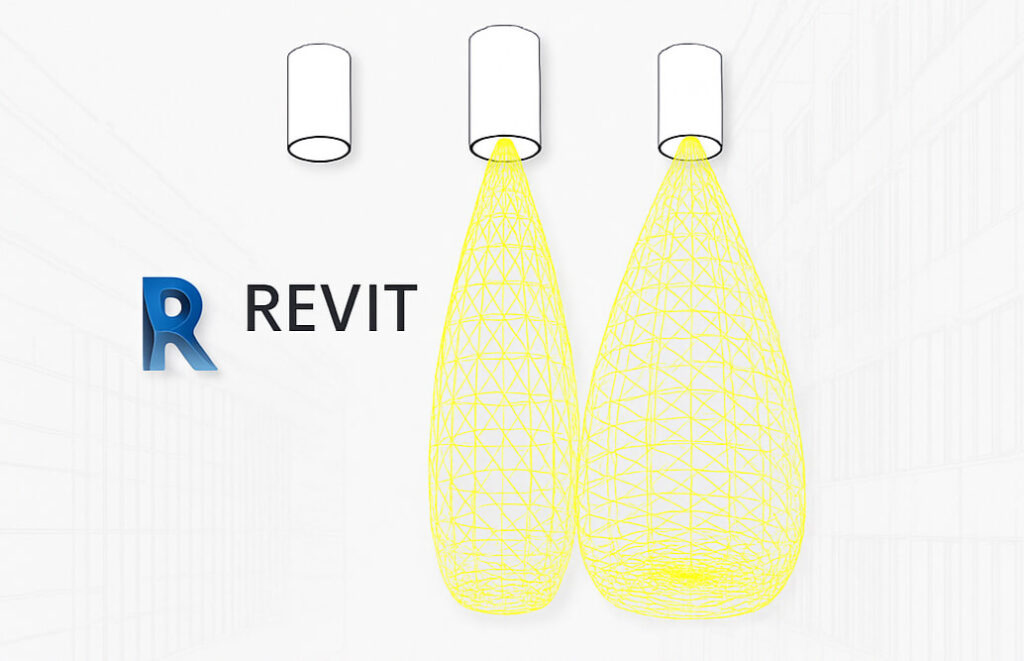Introduction
Revit families are digital representations of physical lighting products that contain geometry, data, and parameters. In the context of smart lighting applications, these families go beyond being simple 3D models—they act as intelligent, data-rich assets that help designers, engineers, and facility managers simulate, document, and manage connected lighting systems.
Accurate Digital Representation of Smart Lighting Fixtures
- Geometry & Placement: Families ensure lighting fixtures are represented with correct size, mounting type, and placement.
- Smart Components: They include parameters for dimming, color temperature (CCT), sensors, and connectivity protocols (DALI, Casambi, KNX, etc.).
- Interoperability: Smart lighting systems often integrate with BMS/IoT platforms. Well-structured Revit families ensure data flows smoothly into these environments.
Performance Simulation & Analysis
- Lighting Calculations: Photometric data (IES/LDT files) embedded in families allows simulation in tools like DIALux or within Revit for lux-level calculations.
- Energy Modeling: Families with efficiency and control data enable energy consumption simulations.
- Scenario Testing: Smart lighting functions—daylight harvesting, occupancy sensing, and tunable white—can be modeled and tested virtually.
BIM-Driven Collaboration & Coordination
- Clash Detection: Families help detect conflicts with HVAC, structural, or ceiling systems.
- Data Exchange: Shared parameters enable collaboration between architects, lighting designers, MEP engineers, and contractors.
- Lifecycle Management: Families store unique identifiers for facility managers to track maintenance, upgrades, and IoT sensor data post-installation.
Enhancing Smart Lighting Specifications
- Parametric Flexibility: Families allow adjustable properties (e.g., lumen output, beam angle, CCT) to match project requirements.
- Compliance & Standards: Manufacturers can embed sustainability ratings, certifications, and regional compliance (LEED, WELL).
- Integration with Controls: Families include metadata on control protocols, ensuring smooth commissioning of smart systems.
Post-Occupancy & Facility Management
- Digital Twin Enablement: Smart lighting families act as building blocks for digital twins, providing live sensor data integration.
- Maintenance & Upgrades: Embedded information such as model numbers, spare parts, and connectivity details reduces facility downtime.
- Scalability: Families make it easy to expand or reconfigure lighting setups as buildings evolve.
Future Trends
- IoT Integration: Families will increasingly include IoT attributes for occupancy analytics, air quality monitoring, and predictive maintenance.
- AI & Automation: Machine learning can optimize lighting control by leveraging structured family data.
- Sustainability Tracking: Carbon footprint and lifecycle data embedded in families will support ESG reporting.
Summary:
Revit families are no longer just digital placeholders for lighting fixtures. In smart lighting applications, they serve as data-rich, parametric assets that enable accurate design, simulation, installation, and lifecycle management of connected lighting systems. Their role is central to achieving energy efficiency, user comfort, and future-ready digital twin integration in modern buildings.
